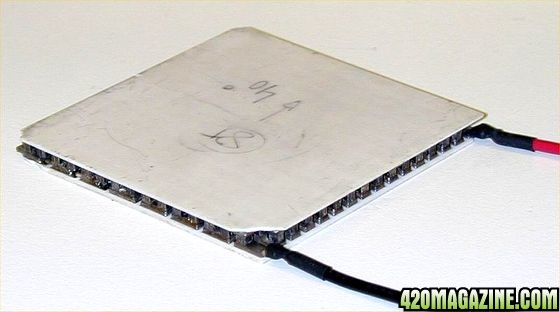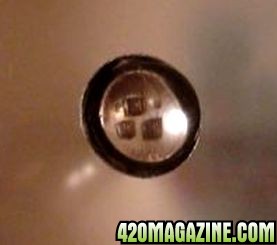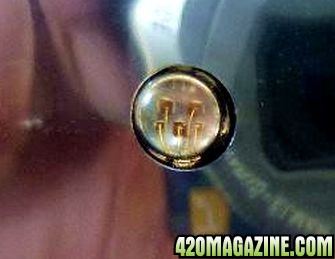Propa Gator
New Member
Re: 420 Consumer Reports Competition - GrowLEDHydro 300w LED vs. 400w HID
Beautiful mamas, SS. Not quite a travesty to top, but pretty don't go the distance. Soon, you will need to prune every two weeks to keep them, so start now. Think bonsai, and select which little branches you will take later. Flowering is more mechanical than the artsy/fartsy of bonsai mama maintainance. You will soon have much more veg material than you can use, so prune intentionally without mercy or regret. Regret may come later if you don't.
My T5 fixtures are presently doing nursery duty with 6400K tubes kicking butt. When I'm back up to speed with PE, moms can go back under T8s for (slightly) slower growth.
Making new moms later is no sweat, so fugedabout my advice. Genetic change can happen only through viruses. Each 'new' separated plant has the same potential, through beaucoup generations.
Beautiful mamas, SS. Not quite a travesty to top, but pretty don't go the distance. Soon, you will need to prune every two weeks to keep them, so start now. Think bonsai, and select which little branches you will take later. Flowering is more mechanical than the artsy/fartsy of bonsai mama maintainance. You will soon have much more veg material than you can use, so prune intentionally without mercy or regret. Regret may come later if you don't.
My T5 fixtures are presently doing nursery duty with 6400K tubes kicking butt. When I'm back up to speed with PE, moms can go back under T8s for (slightly) slower growth.
Making new moms later is no sweat, so fugedabout my advice. Genetic change can happen only through viruses. Each 'new' separated plant has the same potential, through beaucoup generations.







 Here's a definition I took directly from my Swipe File (in the Appendix):
Here's a definition I took directly from my Swipe File (in the Appendix):


 I used to live in Asia and have heard some pretty strange ones myself. No one's going to judge you here. Go ahead and spill the beans--!
I used to live in Asia and have heard some pretty strange ones myself. No one's going to judge you here. Go ahead and spill the beans--! 

